
About This Quiz
For years now, the moon glyphs have been fascinating and intriguing people online. You can find these glyphs all over products for sale on Etsy, on websites dealing with mysticism and mythology, as well as paganism and witchcraft. They found their way into role-playing games and novels, artwork and even on TV shows like "Arrow." If you Google them, you'll see tons of images of moon-glyph tattoos.
Fact is, we're a people who thrive on symbolism. No one wants to carry around a book that explains who they are, what they think, and how they feel about things. But if you could have a single symbol represent what you are on the inside, if you could get the moon glyph for blood tattooed on your arm to show that family has meaning for you, or the glyph for power to help you focus on your own inner strength, that could mean a lot.Â
If you're into the idea of moon glyphs and what the symbols represent, let's see how many of them you can recognize. No need to wait for sunset, just head on into the quiz and see how many you can ID.
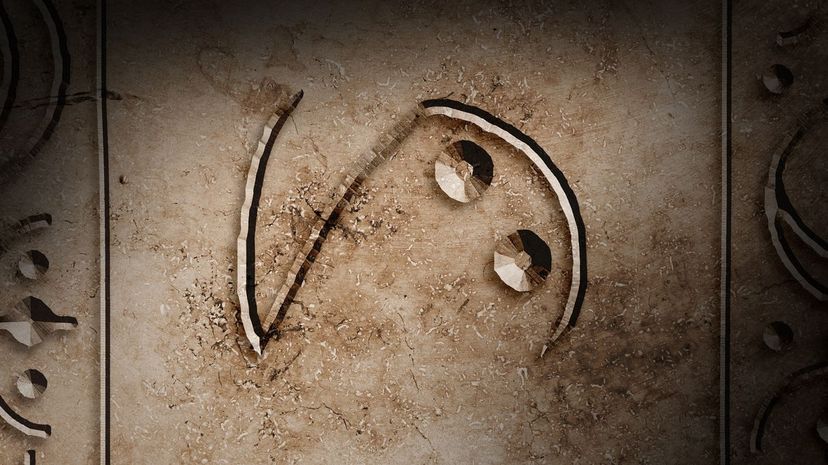
Hope is one of the most powerful feelings humanity has been considered so even since ancient times. Consider the tale of Pandora's box in which all the evils of the world are released from this mysterious box and only one thing remained behind, hope itself.
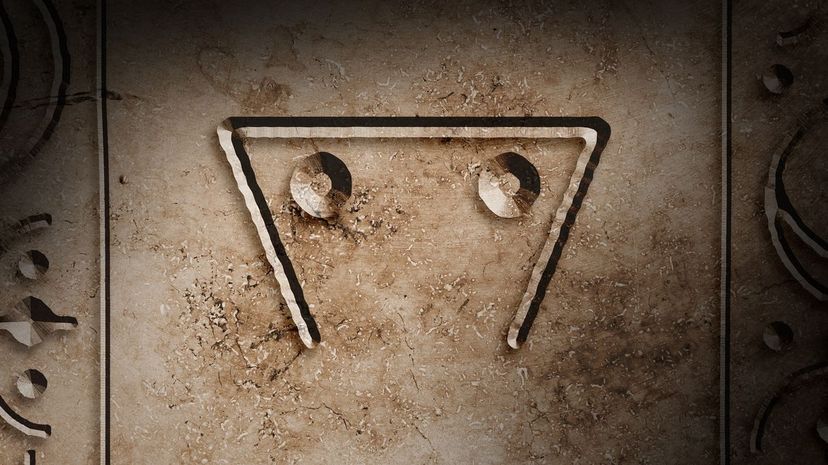
Earth is the glyph shown here and for many ancient peoples the Earth was not just an inanimate thing but the source of life itself, a spiritual being that had its own life force. We still hold onto this idea today when we speak of Mother Earth. One of the most famous Earth goddesses was Gaia from Greek mythology, the personification of Earth and the mother of all life. It's said she birthed the Titans who in turn birthed the gods.
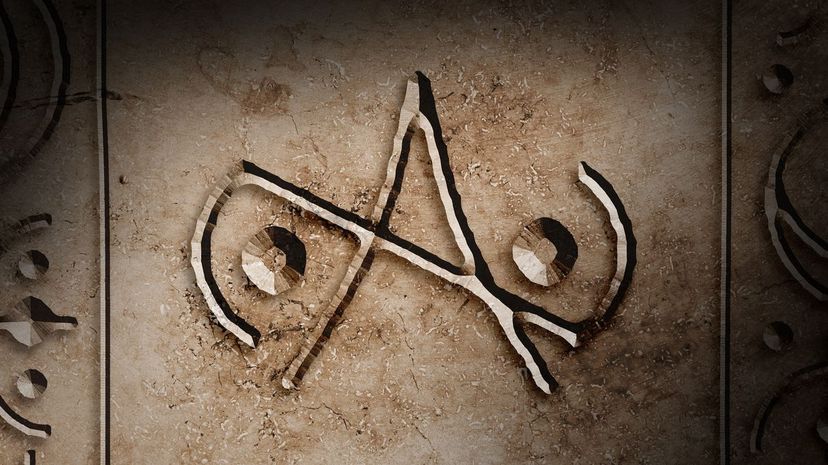
Balance has long been an important part of mythology and mysticism. Keeping things in balance is key to maintaining order. In Greek mythology, the goddess Adrestia was seen as an inescapable force of balance in the universe. She followed her father Ares to war and was a divine source of retribution and justice. If you wanted a wrong righted and balance restored, this was the goddess who could make it happen.
Advertisement
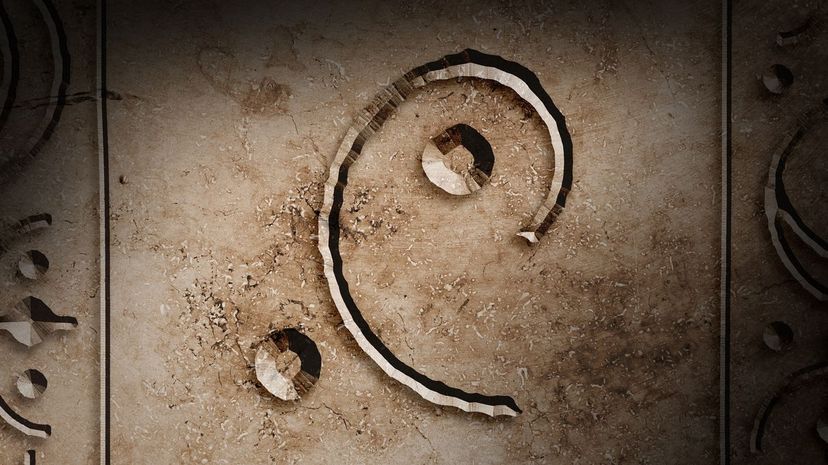
This is the moon glyph that represents energy. Historically, the concept of energy can be traced back to ancient Greece. Aristotle wrote of the concept but it was much different than modern ideas and included things like happiness. Aristotle focused on potentiality and actuality, how things had the potential or possibility to be a certain way, as opposed to what actually happened.
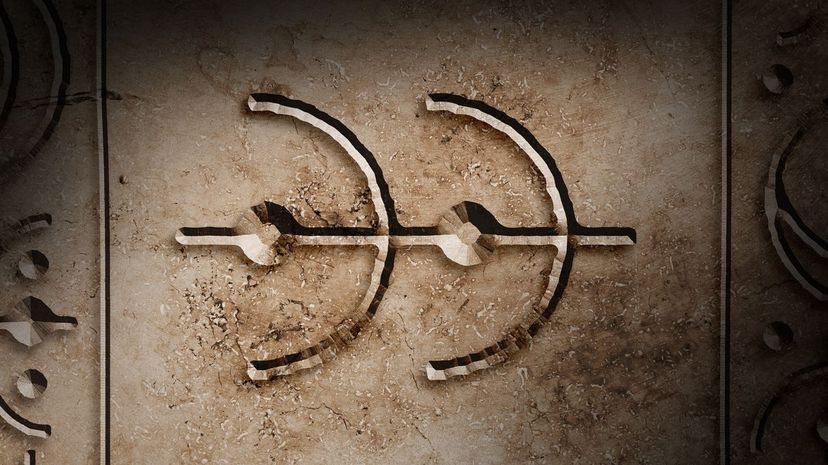
What you see here is the glyph for power, though what kind of power that means is open to interpretation. In Ancient Egyptian culture, the Pharaoh was the source of all power in society. He would not just rule the land politically but he was the representative of the gods on Earth as well.
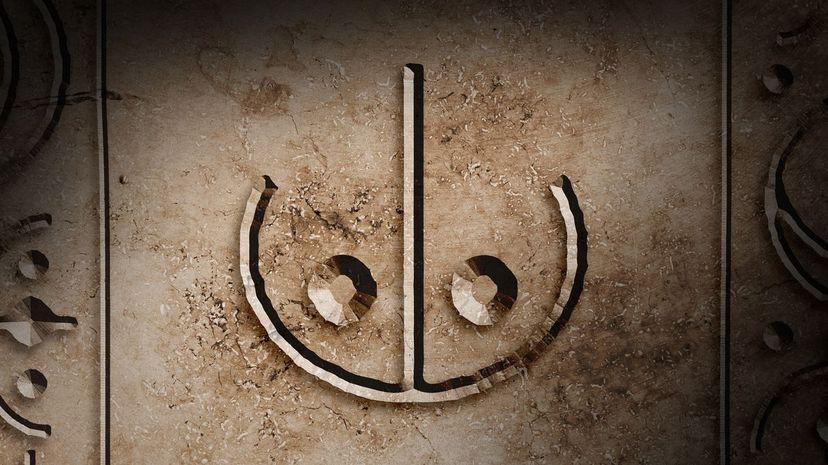
Like all of the primal elements, fire was believed to be associated with a number of gods in ancient cultures. As a giver of warmth and a tool for cooking or smelting fire could be both destructive or nurturing. And so, in Greek mythology, Hephaestus was the god of volcanos and the forge.
Advertisement
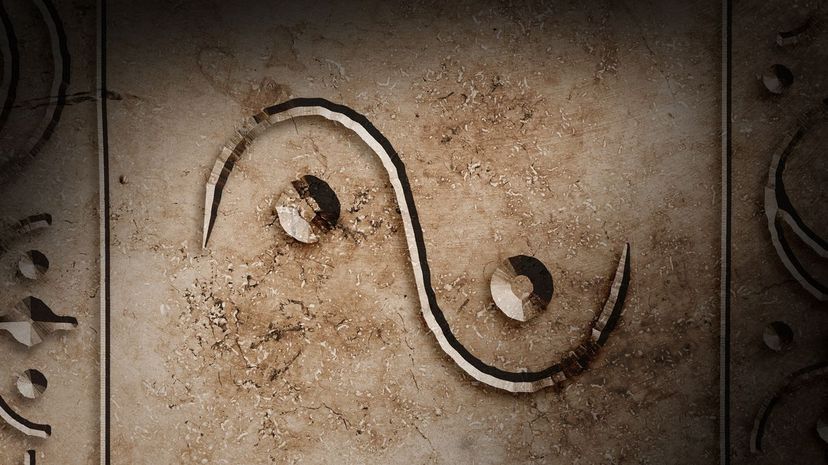
Water has long been a source of intrigue and myth and many ancient cultures have associated gods with water. The Celts believed in numerous water deities including Belisama, Lir, Sinann and others. The goddess Danu was believed to be the mother of the Tuatha Dé Danann who were essentially fairy folk. Her name, Danu, may be the source of the name of the Danube river.
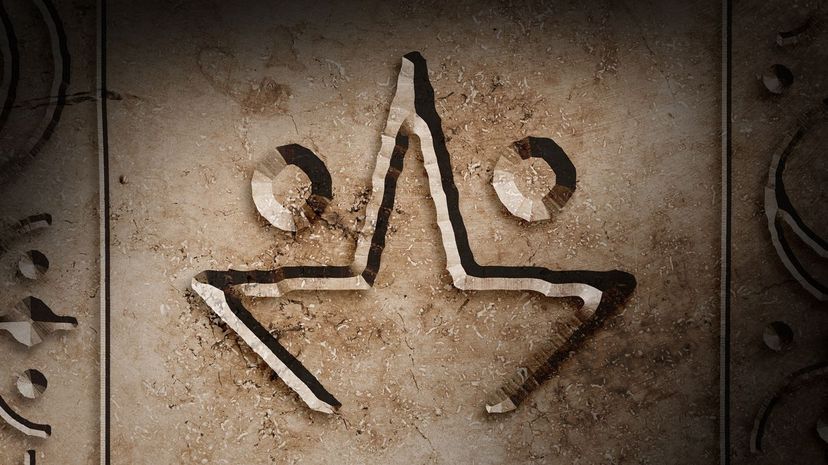
Nearly every ancient culture believed in the power of light and had a god or many gods associated with it. In Chinese mythology, the dragon Zhulong creates light by opening his eyes and the Greeks believed Apollo was the god of the sun.
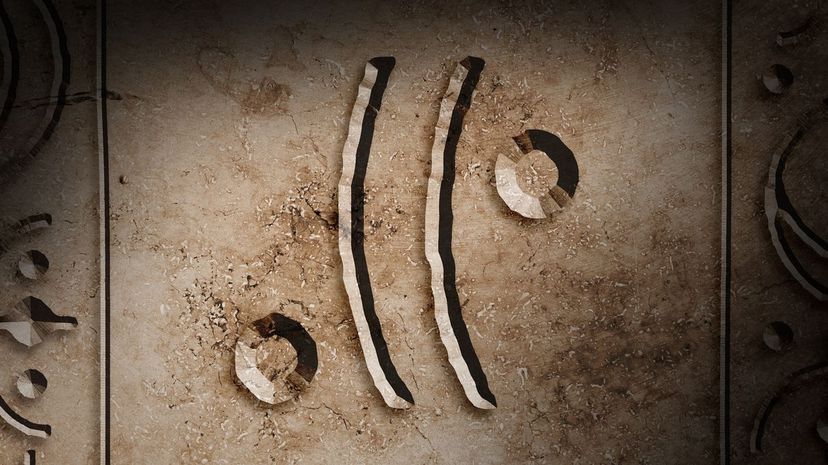
One of the four primal elements, air is the glyph shown here. Most native cultures believed in wind spirts like Tate, the Lakotan wind spirit or Ehecatl, an Aztec god of the wind. Ehecatl was an aspect of the feathered serpent god Quetzalcoatl and temples for him were cylindrical in shape to reduce wind resistance since he was a wind god.
Advertisement
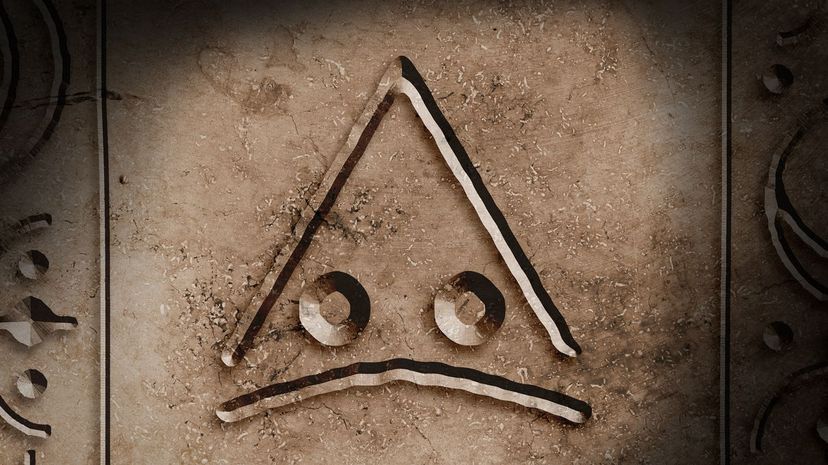
Crowns as emblematic of rulers date back to the diadems worn by Persian emperors that were later adopted by rulers like Constantine. Most European cultures adopted them at some point in time, though they're not present in many other cultures. That said, variations like ceremonial headdresses did exist in many cultures such as Native American.
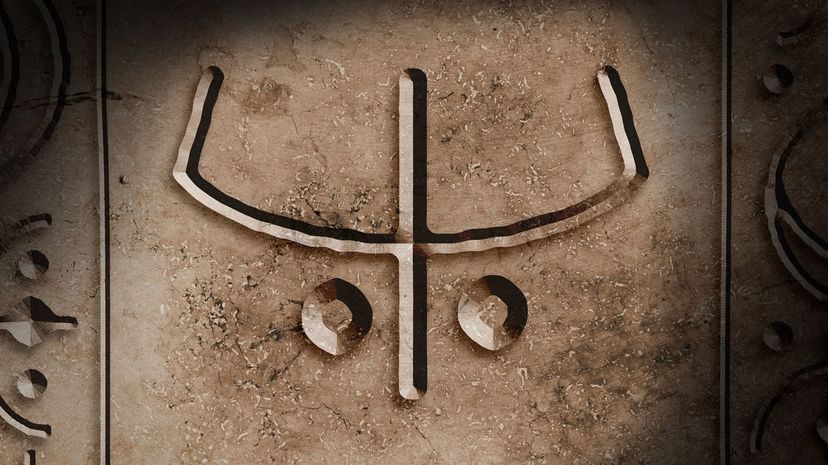
The glyph shown here is the one for dark. Some ancient cultures believed in a physical manifestation of the night, a god of darkness who controlled or created the night. The Norse believed in Nott who was the personification of night and the grandmother of Thor. She was also the mother of the god Dagr, who was the personification of day.
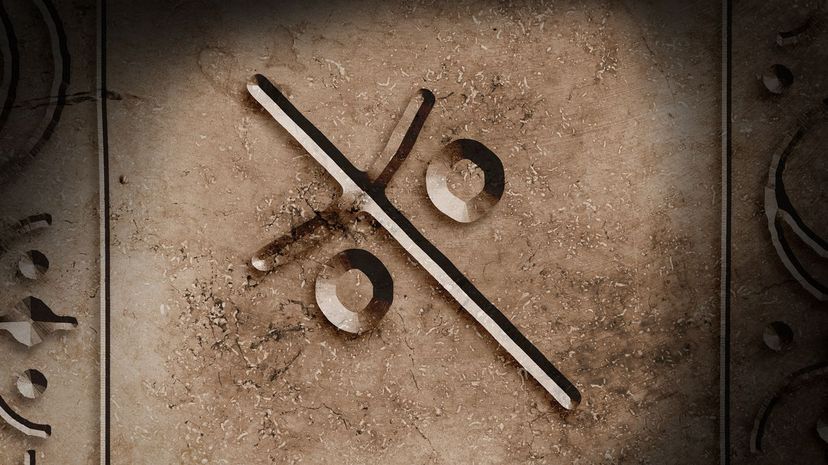
The earliest known swords date back to around 3300 BC. They were made of bronze and were typically shorter bladed weapons than what you might picture today as a result of the relatively low strength of bronze. Swords of iron started being manufactured as early as the 12th century BC and were widespread within about 400 years. Celtic cultures were some of the first to make them.
Advertisement
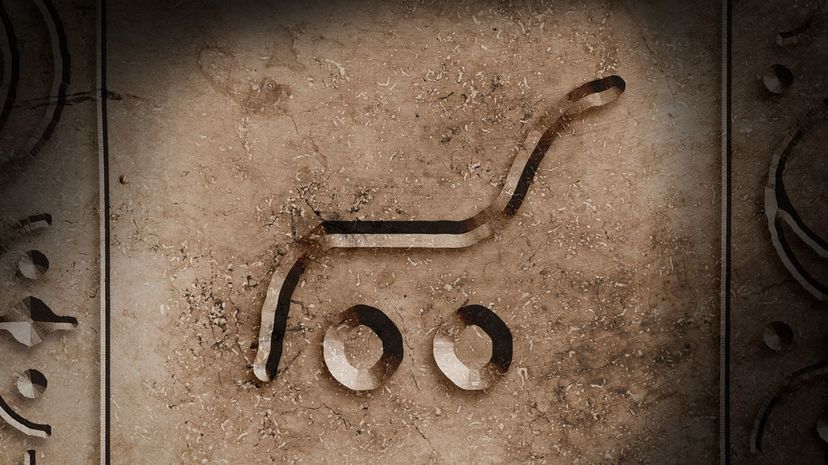
Horses have been important to the advancement of mankind, and society owes a lot to them. They were first domesticated around 4,000 BC in the Eurasian Steppes around present-day Ukraine and Kazakhstan. Graves found in Russia and Kazakhstan dating back to 2100 BC show the bodies of horses interred alongside humans with chariots, showing their importance to the culture.

In Greek mythology, fear was personified by the god Phobos, from which we get the word phobia. He was the child of Aphrodite, the goddess of love, and Ares, the god of war. Phobos would go to war with his father alongside his twin brother Deimos, the god of terror, and his aunt Eris, the goddess of strife.
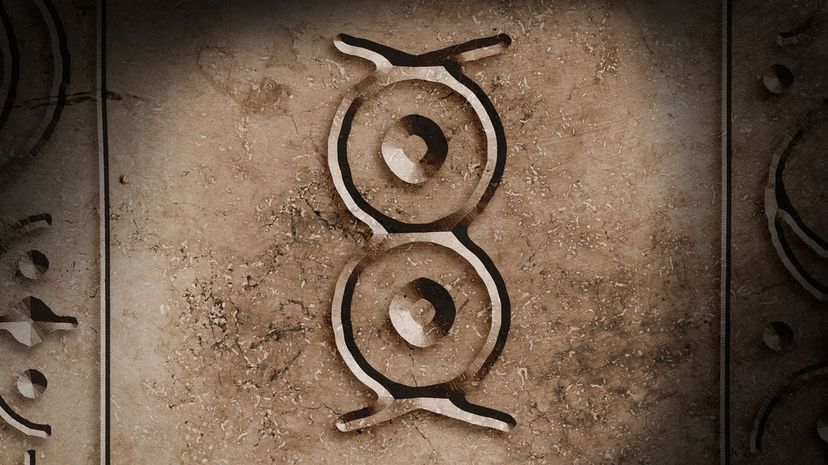
In the Babylonian creation myth, all life came from the beings Apsu and Tiamat who existed in the cosmos before anything else. They created two gods and from those gods, others came, including Marduk, who made man from his own blood.
Advertisement
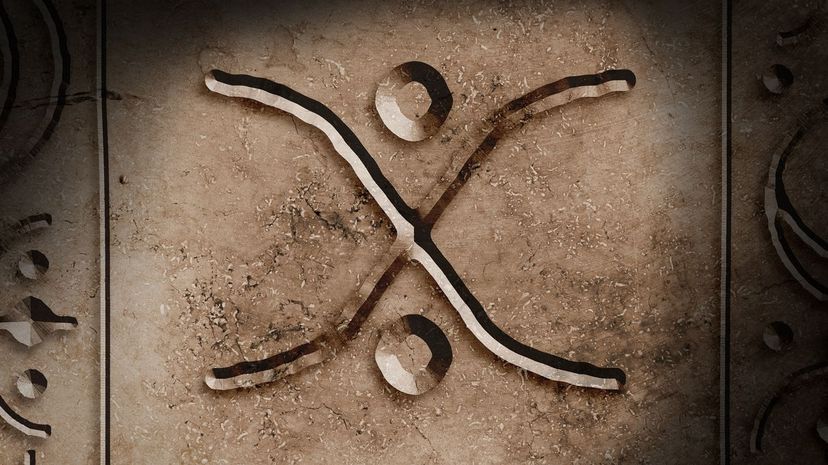
Time has been a profound concept for many cultures in history. The Ancient Egyptians believed in a god named Heh who was the personification of infinity. He was often depicted as a frog-headed human while his female counterpart was a snake-headed woman.
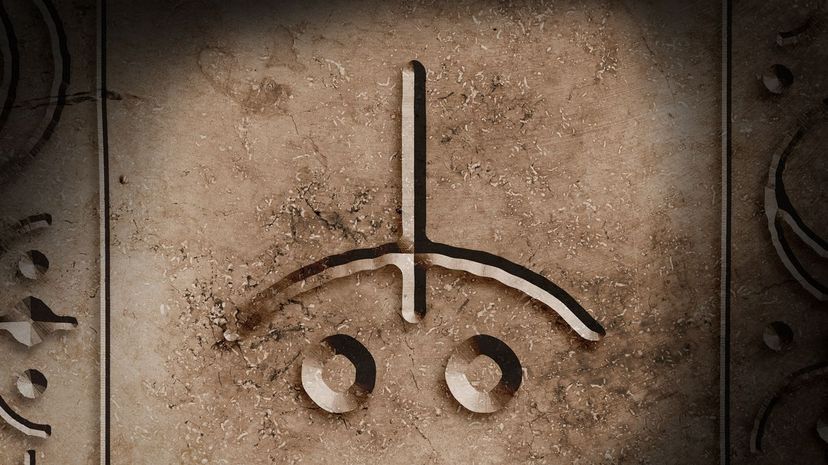
The color red and blood have been integral to the beliefs of many cultures. In some Mesoamerican beliefs, mankind was created when gods forged humans from clay and imbued them with the blood of gods.
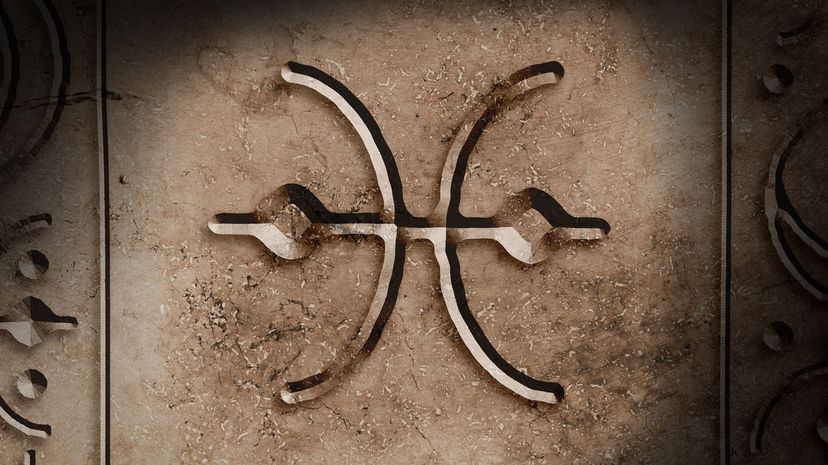
The will of man has long been believed to be a source of immeasurable power. According to Aztec beliefs, Huitzilopochtli was a god of will depicted as a hummingbird. Ironically, this god is also one of their most important gods of war as well and human sacrifice in his name was common practice. His strength of will helped guide the Aztecs from Aztlan to the Valley of Mexico
Advertisement
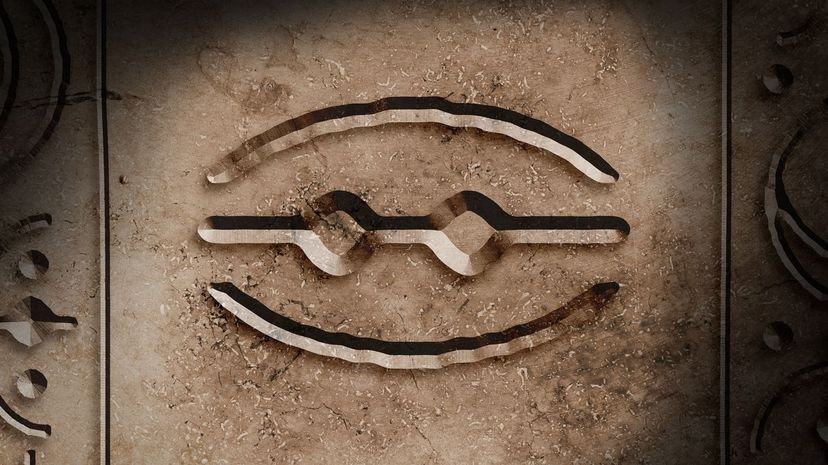
This seemingly innocuous symbol is the glyph for death. While many modern beliefs associated with death are grim and scary, that was not always the case. Many cultures believed death to simply be another phase in life and symbolically, as in Tarot cards, death merely means transformation.
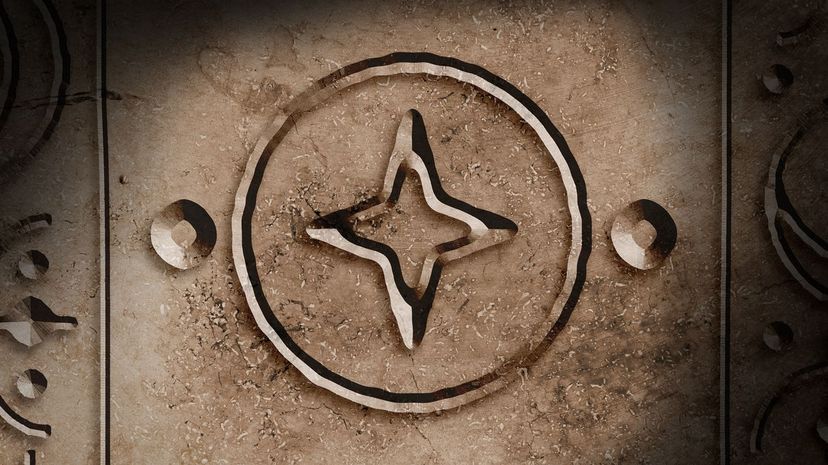
As you can imagine, a new moon is strongly associated with new beginnings and wiping the slate clean. While some cultures had gods that were represented by the moon, others had gods specifically represented by the new moon such as the Sumerian goddess Sadarnuna or the Roman goddess Juna, whose Greek counterpart was Hera.
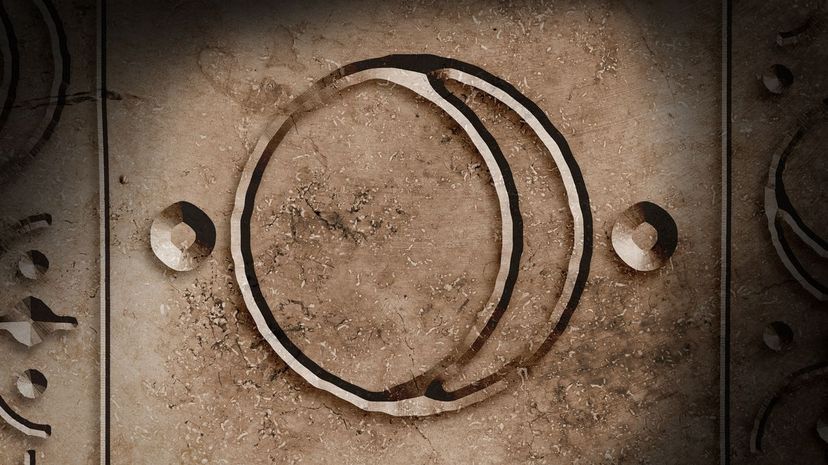
It's believed the waxing crescent is a moon of hope and the things you wish for the future. It's a good time to start some new projects in your life. The goddess Artemis, who was the patron of young women and a goddess of childbirth, was often shown with a crescent moon in her hair.
Advertisement
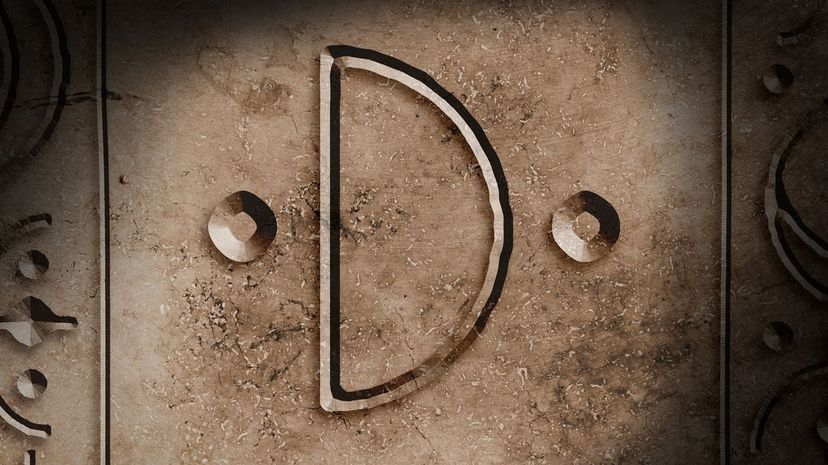
During the first quarter moon you should be putting plans into action. You might meet some resistance but that's to be expected, you just need to power through. Strength, determination and concentration are really building during this time. Representing the potential of what is to come, this moon is just starting on its way to something more, which is why it represents such potential.
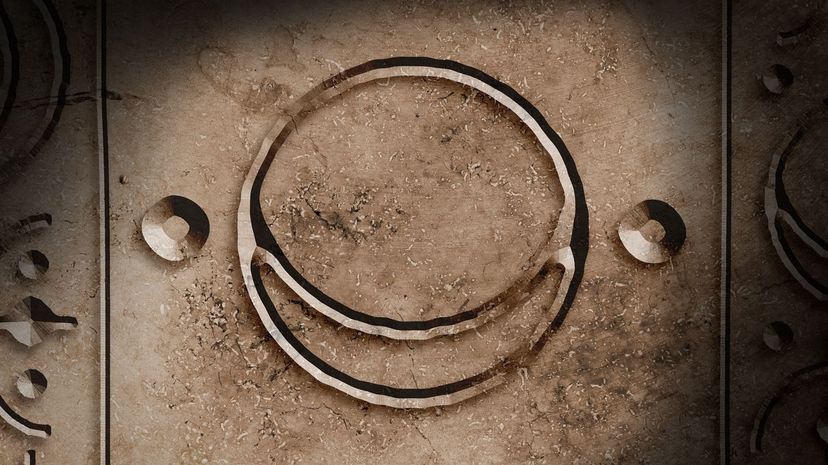
This glyph here is the waxing gibbous moon. A waxing moon had a lot of symbolism, depending on the time of year. It's said that there are parts of the British Isles where a waxing moon on Christmas was a sign that there would be a good crop the next fall.
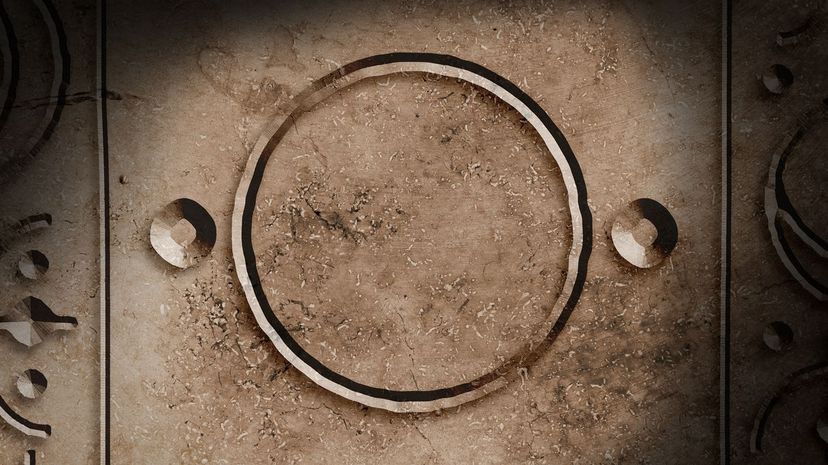
In this glyph, the sun and moon are on opposite sides of the earth. Full moons have been pervasive in numerous myths and legends, the most popular of which is the mythology surrounding creatures like werewolves which transforms under the moon's light. Werewolf lore can be found throughout Europe in the Middle Ages as well as in Ancient Greece and Turkic folklore.
Advertisement
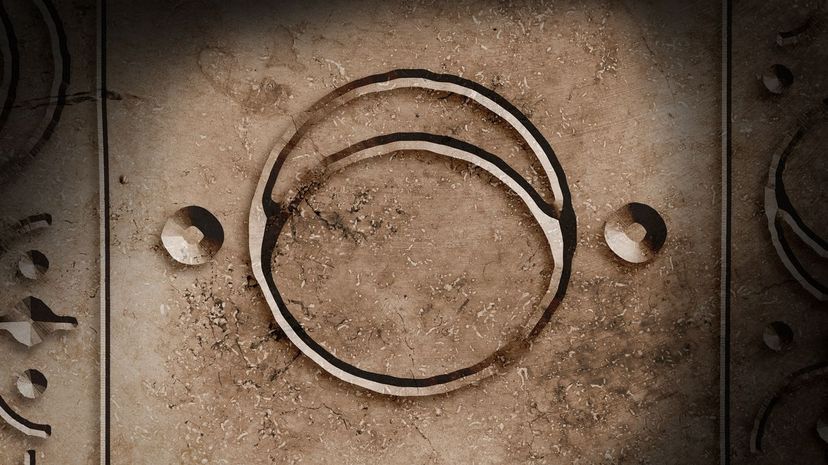
Some call the waning gibbous a grateful moon, and in terms of rituals, it's considered the time to remove negative energies. Those who practice magic during this phase focus on things like banishing and cleansing spells to help eliminate dark and negative influences from their lives in preparation for the coming new moon.
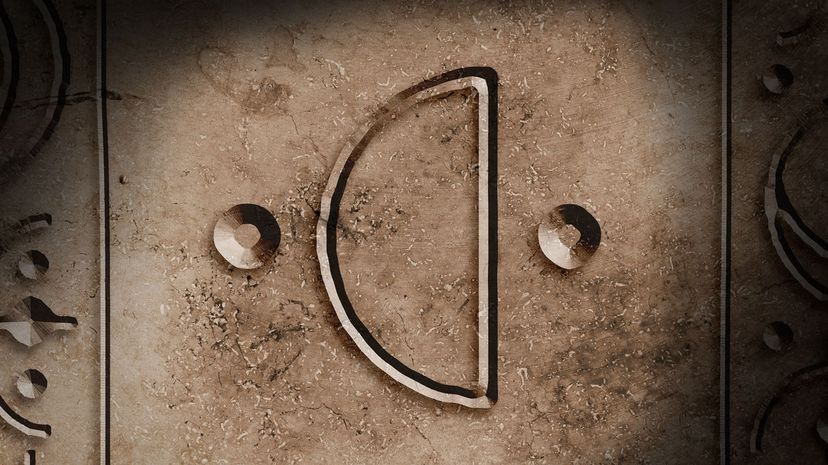
Some of the themes associated with the last quarter moon are forgiveness and letting go. It's a parallel to the moon growing smaller that you too should let go of things and downsize. In terms of lunar magic, there are few spells associated with this time of the month as it's considered a good time to simply rest and recharge your energy.
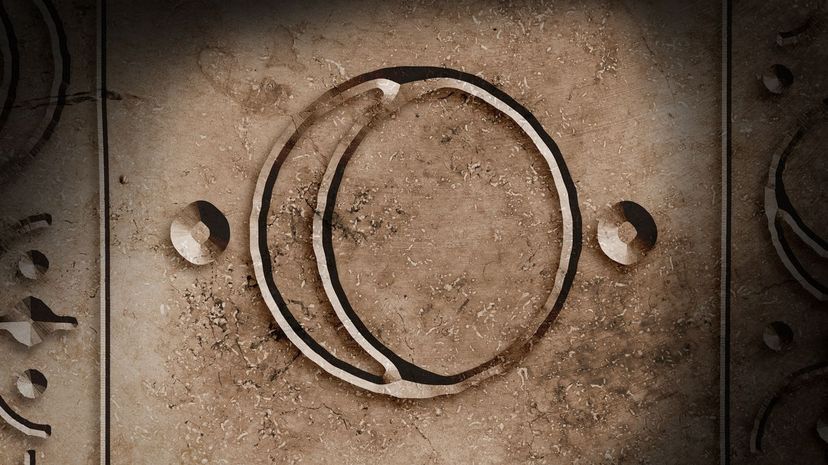
The waning crescent, sometimes called a Balsamic moon, is on its way to becoming a new moon and many believe this moon phase represents a time of surrender and recuperation during which you should rest and relax. People born under a waning crescent moon are said to benefit from the wisdom of an aged moon and are more intuitively psychic than others.
Advertisement